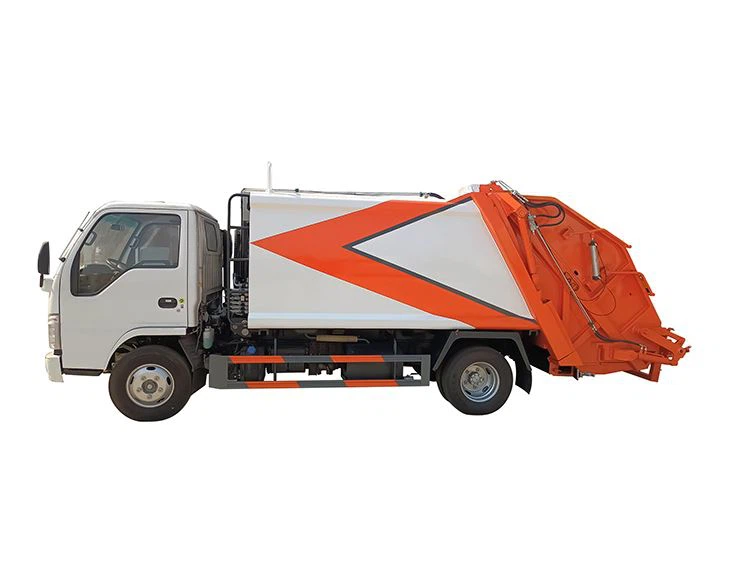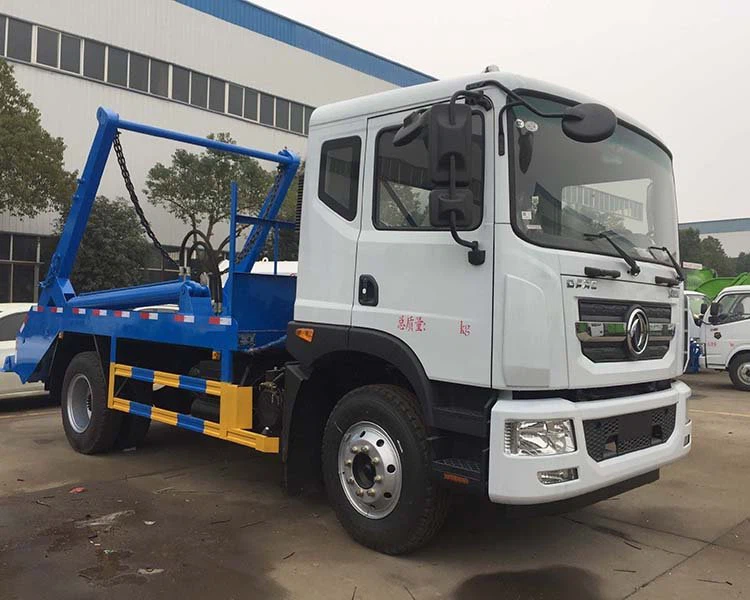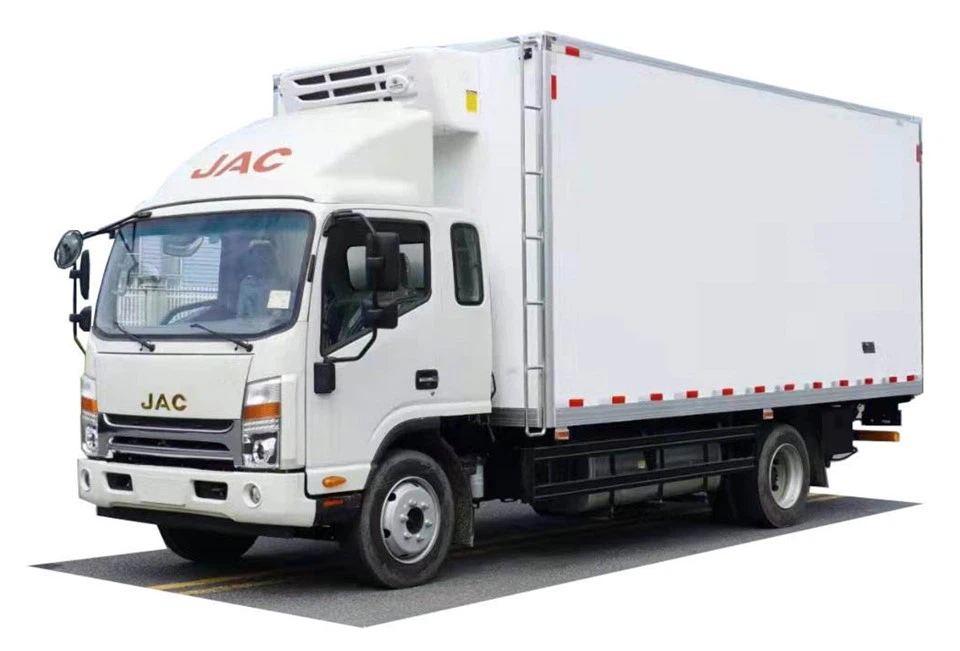Complete Guide to American Roll Off Parts: Understanding, Choosing, and Maintaining

Introduction
American roll off parts are vital components in the waste management and recycling industry. These parts ensure that roll-off containers, typically used for large debris disposal, function efficiently and safely. The right equipment can make a significant difference in operational efficiency, safety, and long-term costs. In this comprehensive guide, we will explore everything you need to know about American roll off parts, from understanding their importance to choosing the best options for your needs.
What Are American Roll Off Parts?

American roll off parts refer to specific components used in roll-off systems, which are designed to transport and dispose of large volumes of waste material. These parts include hydraulic systems, containers, wheels, and more. Understanding the various parts is crucial for proper maintenance, purchase decisions, and overall operational success.
Types of Roll Off Parts
Roll off parts can be categorized into the following main groups:
- Containers
- Hydraulic Systems
- Wheels and Axles
- Tarps and Safety Equipment
- Hoisting Systems
Importance of Quality American Roll Off Parts
Investing in high-quality American roll off parts can significantly impact your operations and profitability. Here are some reasons why quality matters:
1. Safety
Using durable and reliable components ensures safety for operators and other personnel. For instance, faulty hydraulics can lead to accidents during loading and unloading.
2. Efficiency
Quality parts improve efficiency, allowing for smoother operations and quicker transport times. Enhanced hydraulics, for example, streamline the loading process.
3. Cost-Effectiveness
While quality parts may cost more upfront, they tend to last longer and reduce maintenance costs over time. This leads to better valve on your overall investment.
Choosing the Right Roll Off Parts
Selecting the right roll off parts requires considering several factors. Below are tips for making informed decisions:
1. Evaluate Your Needs
Consider the types and volumes of waste you’ll be managing. For example, heavy construction debris may require reinforced containers and stronger hydraulic systems.
2. Research Manufacturers
Look for reputable manufacturers with positive reviews and comprehensive warranties. Brands with a history in the industry often offer more reliability and support.
3. Compatibility
Ensure that the parts you choose are compatible with your existing roll-off system, including dimensions, weight limits, and hydraulic specifications.
4. Budget Considerations
While it may be tempting to choose the cheapest options, it’s essential to evaluate the long-term performance and durability of the parts against the initial costs.
5. Regulatory Compliance
Verify that parts comply with local and national regulations concerning safety and environmental standards.
Understanding Each Component of American Roll Off Parts

This section breaks down the key components of roll off systems and their functions.
1. Roll Off Containers
Roll off containers are the primary components where waste is stored. They come in various sizes, typically ranging from 10 to 40 yards. Here are some capacity examples:
| Container Size | Capacity (Cubic Yards) | Typical Uses |
|---|---|---|
| 10 Yard | 10 | Small bathroom remodels |
| 20 Yard | 20 | Large home cleanouts |
| 30 Yard | 30 | Medium to large renovations |
| 40 Yard | 40 | Commercial projects |
2. Hydraulic Systems
The hydraulic system is essential for the lifting and lowering of the roll-off containers. This system includes hydraulic cylinders, pumps, and hoses, which work together to provide the necessary lifting power.
3. Hoisting Systems
Hoisting systems are used to raise and lower containers onto and off the truck. They include components like cable winches and hydraulic arms. It’s crucial to choose a reliable hoisting system to ensure safety during operations.
4. Wheels and Axles
Durable wheels and axles are necessary to support the weight of the filled containers and ensure smooth transport. Misalignment or low-quality parts can cause significant handling issues.
5. Tarp Systems
Tarps are essential for safety and compliance, covering open containers to prevent material from spilling during transportation. Consider using tarps that meet local regulations and are easy to deploy.
6. Safety Equipment
Investing in safety equipment, such as lights, reflective tape, and warning signs, helps ensure compliance with safety regulations and enhances visibility during operations.
Maintenance Tips for Roll Off Parts
1. Regular Inspections
Conduct routine inspections to identify issues such as leaks in the hydraulic system and wear in the wheels and axles. Make sure you log all inspections for future reference.
2. Lubrication
Lubricate moving parts regularly to reduce friction and prevent wear. This applies particularly to hydraulic arms and hoisting systems.
3. Cleaning Containers
Keep containers clean to avoid rust and contamination. Choose environmentally friendly cleaners that won’t harm the surrounding area.
4. Follow Manufacturer Guidelines
Each manufacturer will provide specific maintenance guidelines. Following these instructions will help ensure compliance and longevity of the parts.
5. Replace Worn Parts Promptly
Don’t wait until a part fails before replacing it. Regular monitoring allows you to replace parts before they compromise safety or operation.
Common Issues with Roll Off Parts
Here are some frequent problems operators might face and tips for solutions:
1. Hydraulic Leaks
Cause: Worn hoses or seals. Solution: Regularly inspect hydraulic components and replace as needed.
2. Uneven Load Distribution
Cause: Incorrect loading practices. Solution: Ensure operators are trained in proper loading techniques to maintain an even weight distribution.
3. Tire Wear
Cause: Misalignment or overloading. Solution: Regularly inspect tire pressure and alignment, and avoid overloading the containers.
4. Rust and Corrosion
Cause: Exposure to moisture or harsh chemicals. Solution: Wash containers regularly and employ rust-proofing measures.
FAQs about American Roll Off Parts
1. What materials are typically used for roll off containers?
Roll off containers are usually made from steel, which provides durability and strength, but some options may also incorporate lightweight composite materials.
2. How can I extend the life of roll off parts?
Proper maintenance, regular inspections, and timely replacements of worn parts are key to extending the lifecycle of roll off parts.
3. Are American roll off parts interchangeable with others?

Some components may be interchangeable depending on specifications; however, always consult manufacturer guidelines for compatibility.
4. What regulations should I be aware of?
Regulations vary by location but generally include safety, weight limits, and environmental considerations. Always check local ordinances for applicable rules.
5. Can I buy used roll off parts?
Yes, used parts can be a cost-effective option, but ensure they are in good condition and meet necessary safety standards before purchasing.
6. How do I know if I need to replace my roll off container?
Signs of wear such as structural damage, excessive rust, or leak issues indicate that it might be time for replacement. Regular inspections can help identify these concerns early.
